The Yucatan Peninsula, located in southeastern Mexico and comprising the states of Yucatan, Campeche, and Quintana Roo, along with parts of Belize and Guatemala, is home to a remarkably rich biodiversity. Thanks to its unique limestone geology, tropical climate, and karstic ecosystems, this region supports numerous endemic animal species—species found nowhere else on Earth.
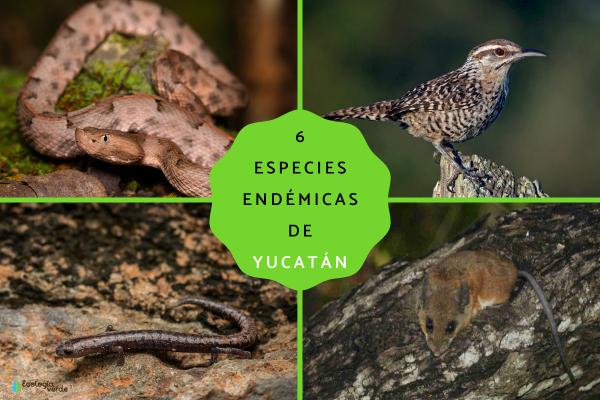
According to a 2015 wildlife inventory, the state of Yucatán alone hosts 2,114 documented species, including 1,410 invertebrates and 704 vertebrates. Among vertebrates, 118 are mammals, 366 birds, 16 amphibians, 89 reptiles, and 115 fish. Amphibians and reptiles exhibit the highest rates of endemism.
In this article, we introduce six of the most representative endemic species of Yucatán, highlighting their ecological significance, habits, and conservation status.
This is the smallest species of pit viper in the Yucatán Peninsula and a member of the Viperidae family. It is a terrestrial and nocturnal predator that often shelters under rocks or thick vegetation during the day.
Key Traits and Role:
Found in dry forests, scrublands, and rocky terrain.
Carnivorous, feeding on small mammals, lizards, amphibians, and even other snakes.
Plays a crucial role in controlling rodent populations.
Listed as "Least Concern" by the IUCN but categorized under "Special Protection" in Mexican environmental law due to habitat fragmentation.

This troglobitic (cave-dwelling) fish resembles an eel and belongs to the Synbranchidae family. It is entirely blind or has vestigial eyes and lives in underground freshwater systems like cenotes and caves.
Habitat and Behavior:
Prefers warm, shallow, organic-rich, and low-oxygen waters.
Can breathe atmospheric air, a rare adaptation among cave fish.
Feeds on detritus and bottom-dwelling crustaceans.
Classified as “Endangered” by the IUCN and “Critically Endangered” by the Mexican government.

This small bird from the Troglodytidae family is known for its distinctive and harmonious duets sung by both the male and female to defend their territory.
Ecological Notes:
Inhabits coastal dune ecosystems with xerophytic shrubs and cacti, primarily in northern Yucatán.
Usually seen in pairs or small groups.
IUCN lists it as “Near Threatened,” and it's considered endangered under Mexican law due to habitat loss.
Conservation measures include habitat restoration and reforestation programs.
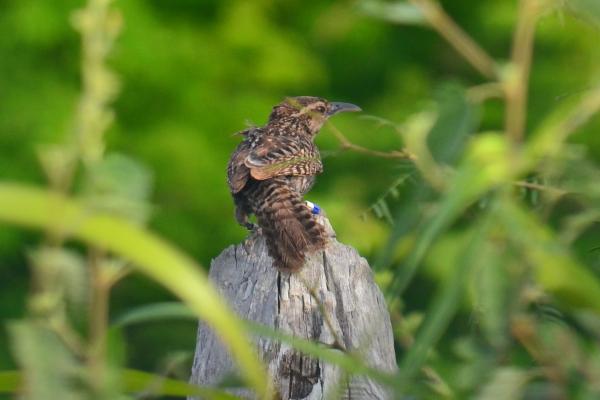
A small salamander from the Plethodontidae family, it features webbed toes and a tail that often matches its body length. Some individuals develop fat-storing tails, an adaptation for surviving in arid habitats.
Habitat Range:
Found in moist forests, disturbed rural areas, cenotes, and caves.
Can also live among bromeliads and leaf litter on the forest floor.
Tolerates mild habitat disturbance but is sensitive to long-term environmental degradation.
Rated “Least Concern” by the IUCN but listed under “Special Protection” in Mexico.
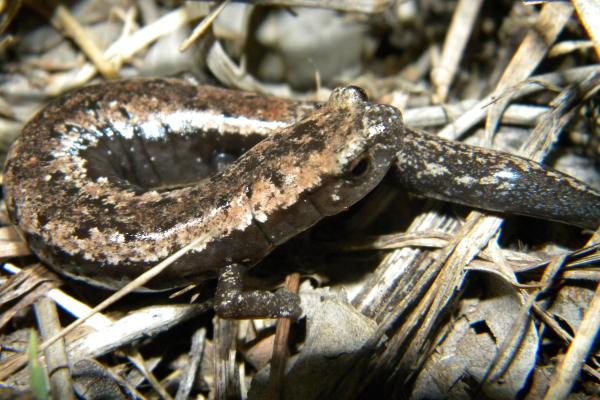
A small insectivorous bat from the Vespertilionidae family, known for its high-frequency echolocation calls and fast, agile flight.
Notable Features:
Prefers tropical evergreen and deciduous forests.
Forages for insects in open areas 2–10 meters above the ground.
Broad wings and short body aid maneuverability in cluttered spaces.
IUCN lists it as “Least Concern” thanks to its wide distribution and presence in multiple protected areas.
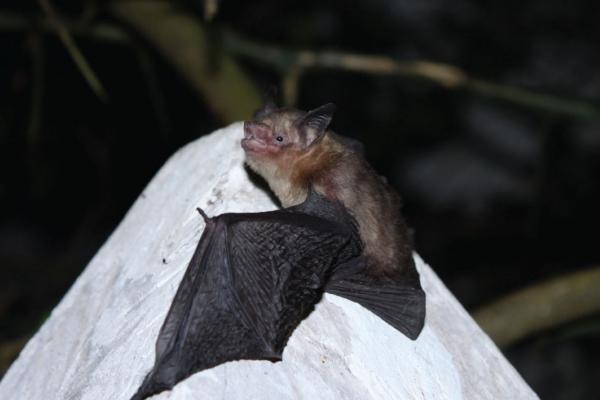
An elusive rodent endemic to the region, belonging to the Cricetidae family. While not widely studied, it is recognized as a potential disease vector for illnesses such as Chagas disease and leishmaniasis.
Habitat and Lifestyle:
Active at night, likely feeding on fruits and seeds.
Occupies dry deciduous and semi-deciduous forests, dense underbrush, and sometimes cornfields.
Shows reproductive activity throughout the year.
Listed as “Least Concern” by the IUCN, but its role in human health warrants further study.
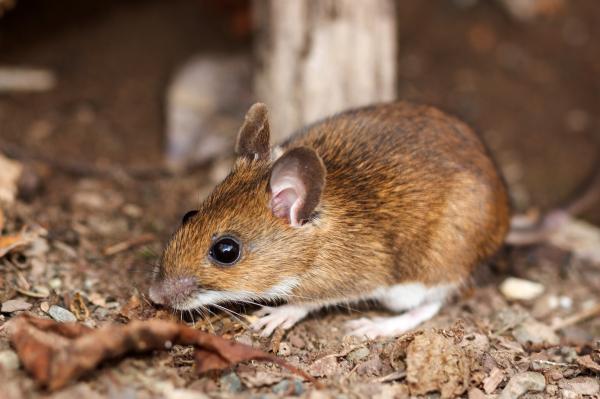
These endemic species are not just biological curiosities—they are vital components of the local food web and play essential ecological roles, from insect control to seed dispersal. Their restricted distribution also makes them vulnerable to environmental change, making conservation efforts even more critical.
Protecting the unique wildlife of the Yucatán Peninsula ensures the preservation of an irreplaceable part of Mexico’s natural heritage. For more articles like this, visit our Wildlife Encyclopedia and discover the amazing biodiversity of the Americas.
Bibliography
Dupuy Rada JM. 2020. Threats to the biodiversity of the Yucatán Peninsula: challenges and research needs. Mexican Scientific Society of Ecology. Available at: https://scme.mx/amenazas-a-la-biodiversidad-de-la-peninsula-de-yucatan-retos-y-necesidades-de-investigacion/
Global Biodiversity Information Facility. Available at: https://www.gbif.org/
Government of the State of Yucatán. Available at: https://www.yucatan.gob.mx/
eBird. Available at: https://ebird.org/home
iNaturalist. Available at: https://www.inaturalist.org/
Official Mexican Standard NOM-059-SEMARNAT-2010. Available at: https://www.gob.mx/cms/uploads/attachment/file/134778/35.-_NORMA_OFICIAL_MEXICANA_NOM-059-SEMARNAT-2010.pdf
Semarnat. Report on the State of the Environment in Mexico 2015. 2016. Compendium of Environmental Statistics, Key Indicators, Environmental Performance and Green Growth. Available at: https://apps1.semarnat.gob.mx:8443/dgeia/informe15/tema/pdf/Informe15_completo.pdf
animal tags: Yucatan Animal
We created this article in conjunction with AI technology, then made sure it was fact-checked and edited by a Animals Top editor.